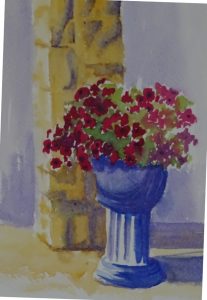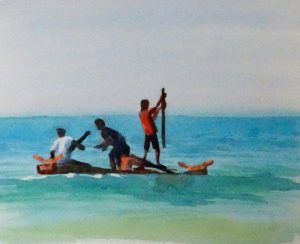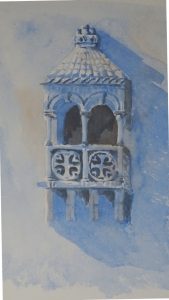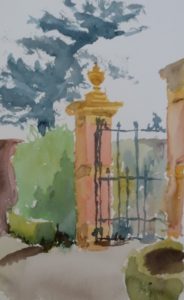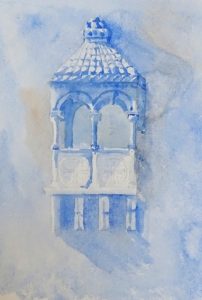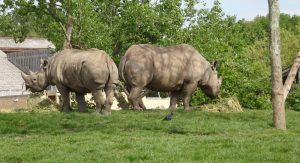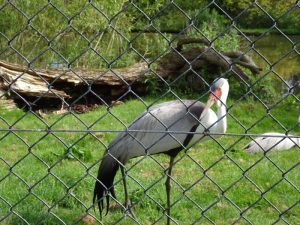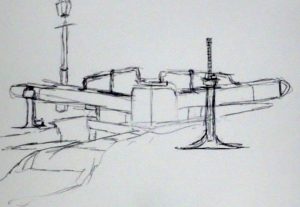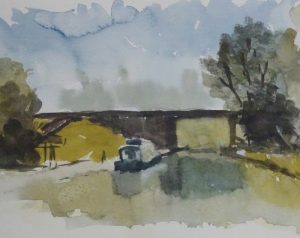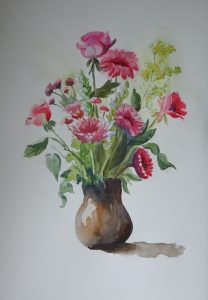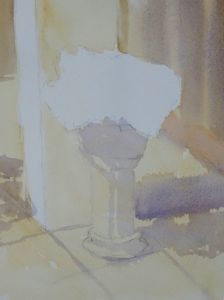 So I tried again. This time I gave myself a rough outline of pot, flowers and pillar, then ghosted in a wash of yellow ochre with Ultramarine in the shadows. This has defined my painting for me, and even in these early stages reads well. I should have indicated the shadowy areas on the flowers, but that has just occurred to me and this stage is long gone.
So I tried again. This time I gave myself a rough outline of pot, flowers and pillar, then ghosted in a wash of yellow ochre with Ultramarine in the shadows. This has defined my painting for me, and even in these early stages reads well. I should have indicated the shadowy areas on the flowers, but that has just occurred to me and this stage is long gone.
Next I tackled the some of flowers. I remembered a small tube of Cobalt Violet I had bought ages ago, and thought it would be a good colour for them. It’s an opaque colour but the bright colour opaques provide should work. Using it to create massed shapes of flowers, as well as blobs of paint, I approximated what I saw in the photo over the more sunny side, shadowed flowers as thicker paint. The green, a mix of Ultramarine Blue and Aureolin gave me the complimentary to make the violet tones sing. There is the odd splodge of Ruby Red among the violets. This is very concentrated work so I gave myself some light relief by turning the the pillar and pot.
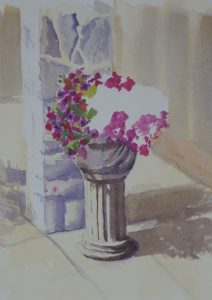 Decision time – how much detail do I put on the pillar? It’s a creamy limestone, I think, roughly shaped into building blocks, and immensely attractive in its own right. Side lit, it showed great texture – indeed, it was this that had first attracted me. I re-wetted the pillar and cautiously suggested the various lumps and bumps in a mix of Ultramarine Violet and Yellow Ochre, emphasising the deeper shadows as the paint dried. Shadows cast by pillar and pot were darked too. This passage of painting didn’t seem to overwhelm the flowers so I supported them using the same mix (no blue!) to create the more formal shapes on the pillar and bowl.
Decision time – how much detail do I put on the pillar? It’s a creamy limestone, I think, roughly shaped into building blocks, and immensely attractive in its own right. Side lit, it showed great texture – indeed, it was this that had first attracted me. I re-wetted the pillar and cautiously suggested the various lumps and bumps in a mix of Ultramarine Violet and Yellow Ochre, emphasising the deeper shadows as the paint dried. Shadows cast by pillar and pot were darked too. This passage of painting didn’t seem to overwhelm the flowers so I supported them using the same mix (no blue!) to create the more formal shapes on the pillar and bowl.

